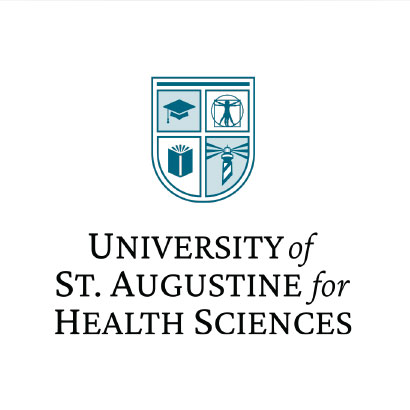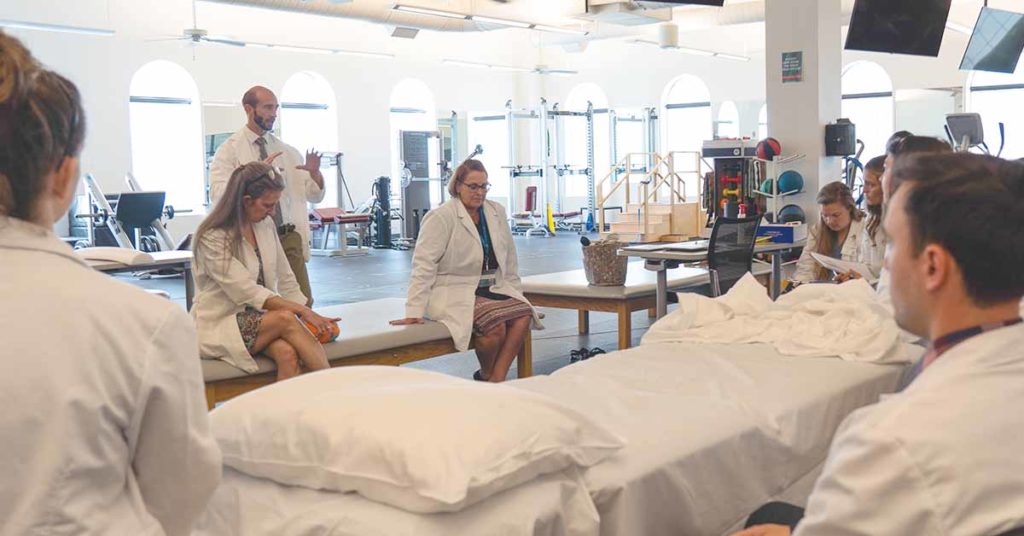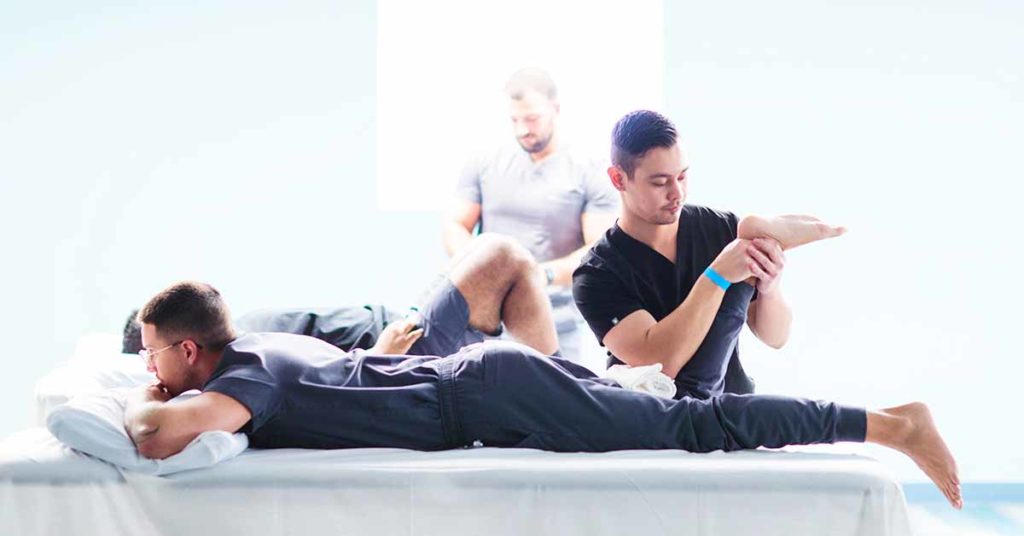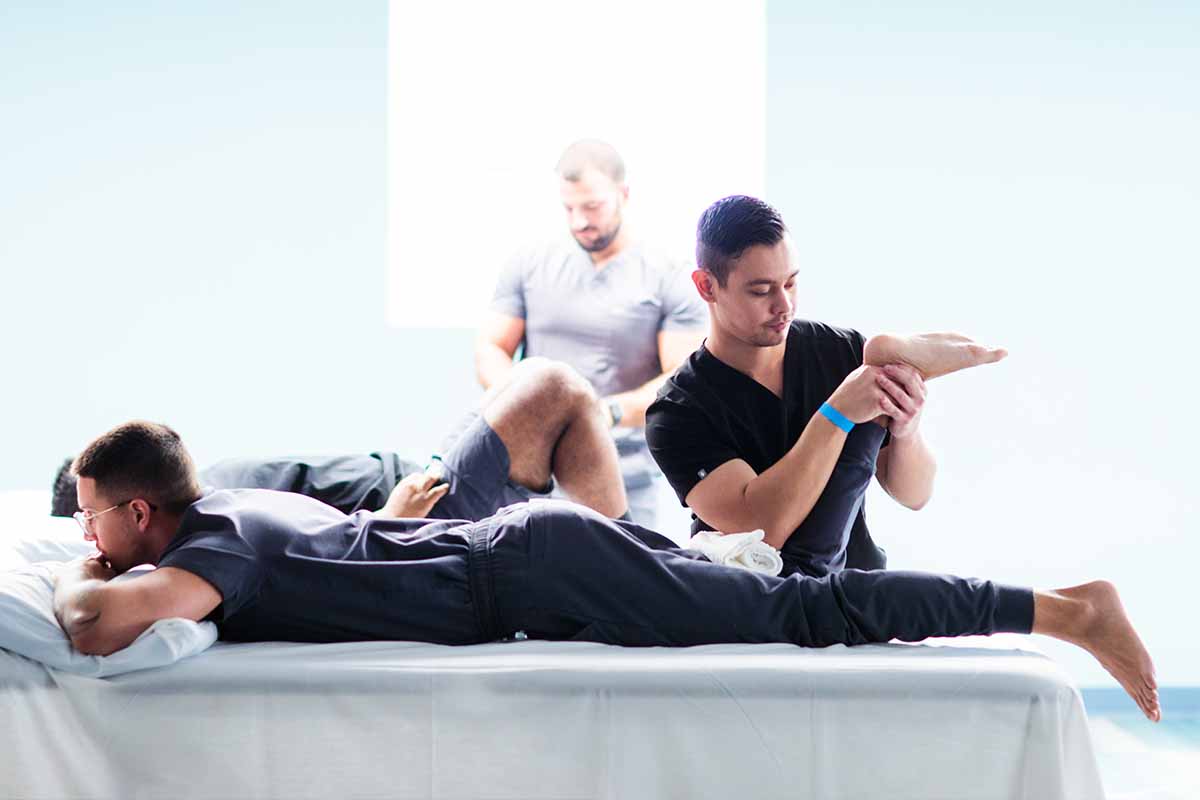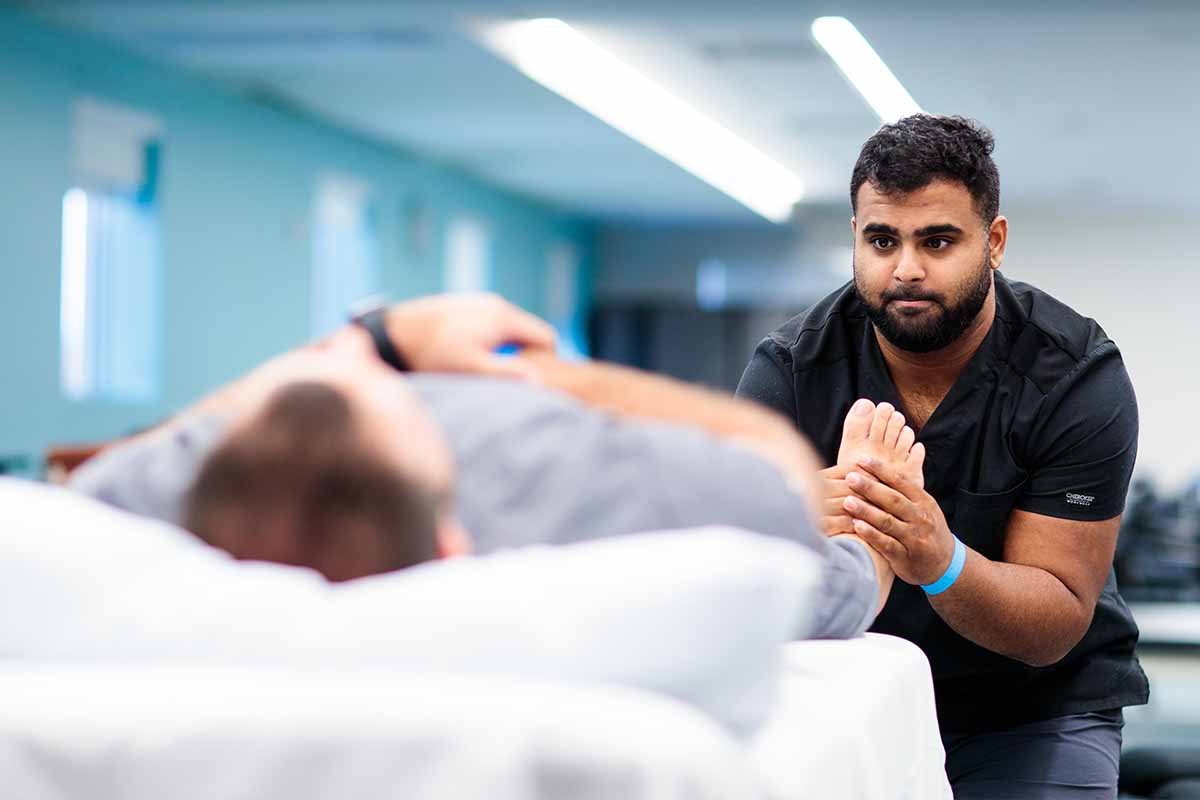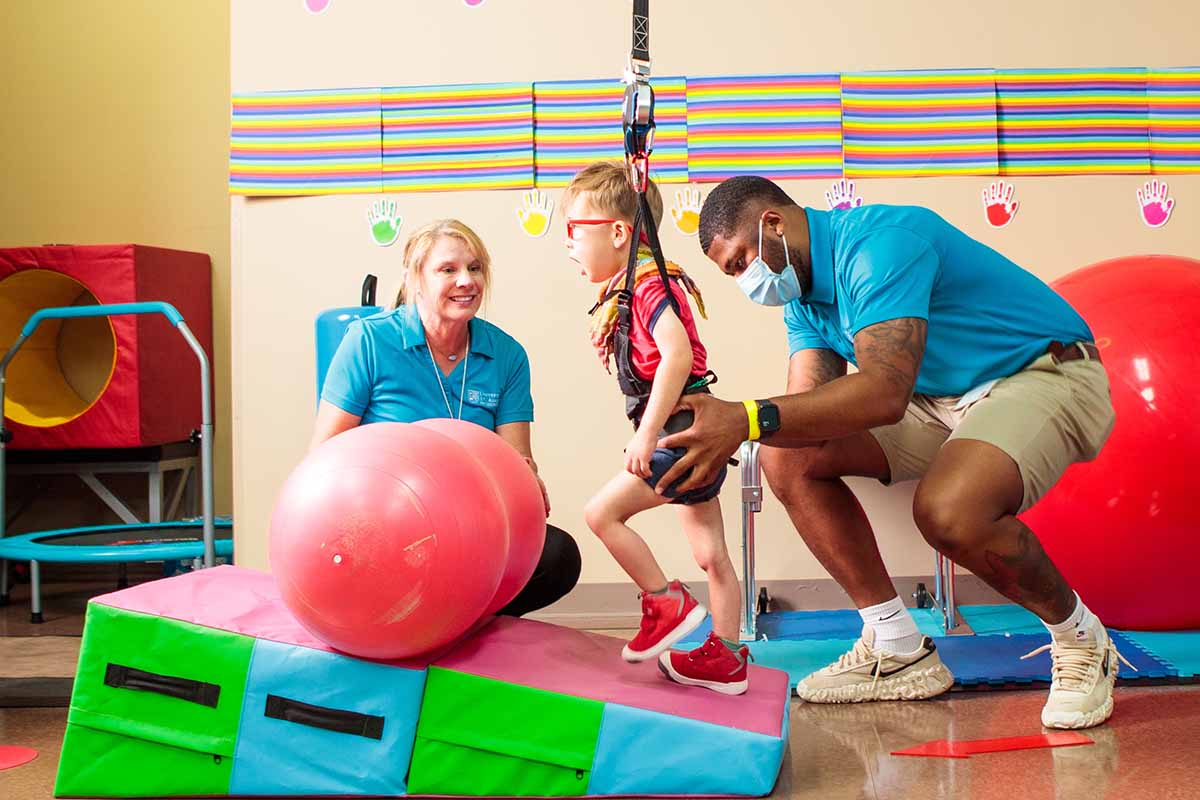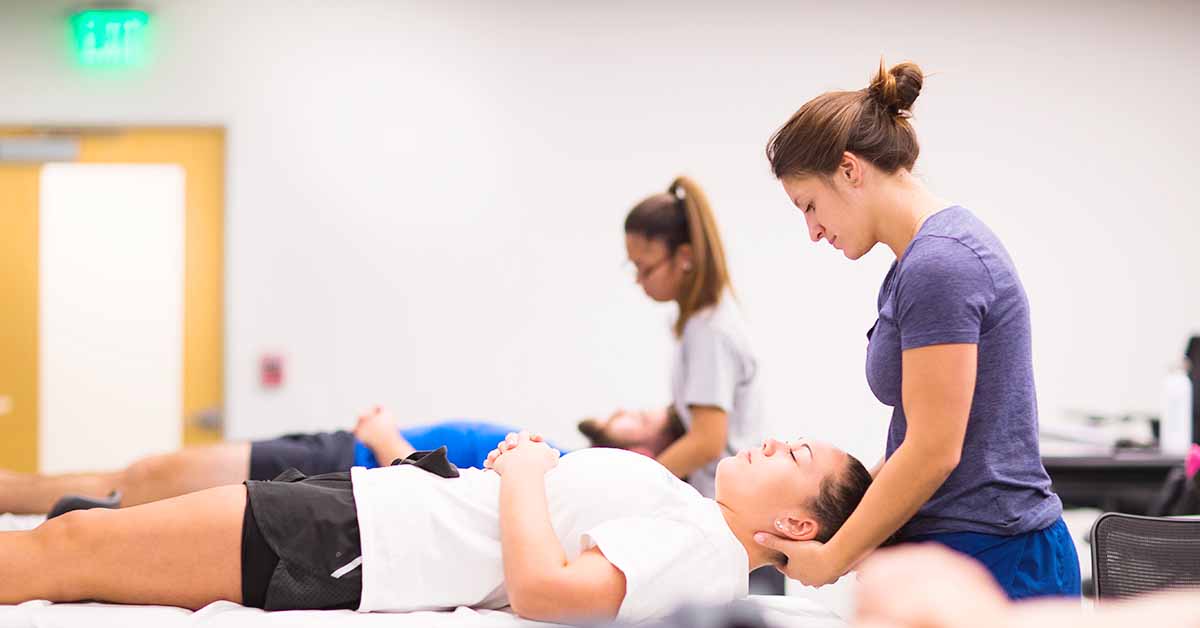

If you want to become a physical therapist, investing in an academic degree or professional training sets you up for a successful career. However, now more than ever, it’s important to weigh physical therapy program costs and benefits of such a significant investment. Plan for your academic future by identifying the upfront cost of DPT programs, determining how to fund your education and calculating the return on your investment (both in salary and job satisfaction).
If you’re considering a career as a physical therapist (PT), you’re probably wondering: how much is PT school going to cost? Let’s take a look at the costs of DPT programs and compare them to the benefits.
What Degree Do You Need to Become a PT?
Entering the profession as a PT requires a doctoral degree. Otherwise, you might pursue undergraduate or master’s level training that prepares you for a career as a PT aide or assistant, or potentially for a non-practicing career in PT administration or management.
To become a practicing physical therapist, you’ll need to complete a Doctor of Physical Therapy (DPT) program at an accredited university.
How Much Is Physical Therapy School?
While it’s impossible to come up with a single price tag for obtaining your DPT degree, there are many factors to consider. The cost of DPT programs can include the type of school you choose, your residency status, specific school fees and the program mix. Then there are ancillary housing, books, lifestyle and other cost of living costs specific to the city you live in.
However, the Commission on Accreditation in Physical Therapy Education (CAPTE) publishes aggregate data that helps answer the question, “How much does physical therapy school cost?”[1] Per CAPTE’s 2023 fact sheet, the ranges for average cost of PT school per year and total physical therapy program costs for public in-state, public out-of-state, and private schools are as follows:
- Public in-state: Annual tuition ranges from $4,316 to $87,400 | Total cost ranges from $17,516 to $135,188
- Public out-of-state: Annual tuition ranges from $6,625 to $143,200 | Total cost ranges from $37,437 to $217,070
- Private: Annual tuition ranges from $22,850 to $112,101| Total cost ranges from $70,128 to $213,423
The total costs of DPT programs above include the average cost of books, student and lab fees and miscellaneous required expenses, but do not include housing.


Additional Physical Therapy Program Costs
A DPT program requires significant in-person and hands-on study—therefore it’s not a degree that should be completed exclusively online.
There are program formats that allow you to continue to manage responsibilities outside of school by scheduling clinical hours and in-person courses on weekends, such as our Flex Doctor of Physical Therapy (DPT). For those interested in a more traditional educational experience, there’s also our Residential DPT format that combines an in-person and online experience. For a program like this, you may want to live near campus or consider the potential additional costs for the format chosen.
How to Fund the Cost of DPT Programs
You don’t always need to pay the full physical therapy program costs up front. Most students can mix and match funding sources, although not all programs are eligible for government loans, grants or scholarships. Depending on the PT school you choose, you may be able to leverage:[2]
- Scholarships and benefits
- Scholarships offered at USAHS include Leadership and Community Service or Outstanding Academic Achievement scholarships
- Federal Direct Unsubsidized Loans
- Federal Direct Graduate PLUS Loans
- Private Alternative Loans
That said, when you’re considering the cost of DPT programs, review the school’s specific financial support options — schools such as USAHS have dedicated financial aid offices to help you identify and apply for aid.


How Much Do Physical Therapists Make?
In addition to factoring in how much is physical therapy school, you’ll also want to consider how much you might make as a PT. According to the Bureau of Labor Statistics (BLS), the number of PT jobs will increase by 15% between 2022 and 2032, resulting in about 13,900 job openings on average per year, over the decade.[3] This is quite high compared to the 3% average projected growth rate for all occupations during that same timeframe.
National Median Salary
In 2022, the median annual salary for PTs in the United States was $97,720.[4] Years of experience and seniority are factors as well.
Average Salaries by Location
Salaries vary by both city and state and are adjusted based on the desirability of a city as well as if the setting is urban or rural.
Average PT salaries in the top-paying states are as follows[5]:
- California: Annual mean wage $ 114,270
- Nevada: Annual mean wage $111,460
- Alaska: Annual mean wage $110,830
- New Jersey: Annual mean wage $109,280
- Texas: Annual mean wage $106,960
According to a blog published by USAHS, nine of the top ten paying metropolitan areas are in either California or Nevada, with salaries ranging from $109,650 to $123,190.
Consider the cost of living if you’re searching for jobs based on average salaries. You may find that you’ll have more disposable income in a low-cost city or state with a lower wage. There are cost of living calculators that can help you understand how far a projected salary will serve you.
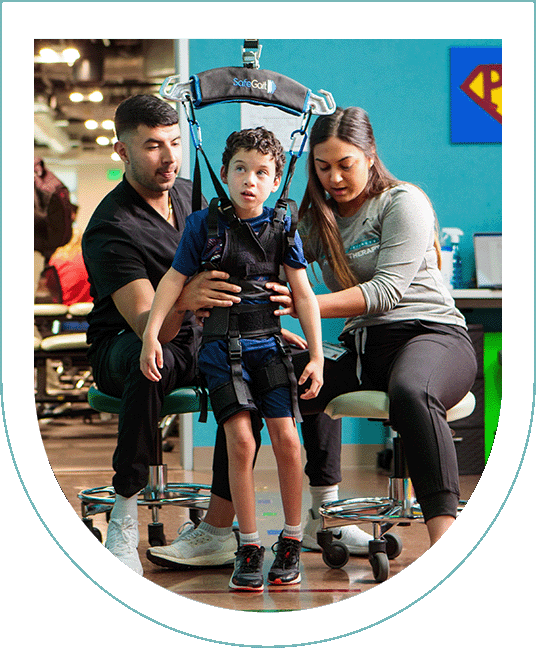

Average Salaries by Practice Setting
In addition to geographic location, what is your ideal industry or work environment? Oftentimes, you can increase your wage by working within a specialty hospital. *** [6]
In addition to completing a residency program or fellowship in an advanced clinical area, per the American Physical Therapy Association (APTA), you can also obtain a board-certification in 10 specialty areas:[7]
- Cardiovascular and pulmonary
- Clinical electrophysiology
- Geriatrics
- Neurology
- Oncology
- Orthopaedics
- Pediatrics
- Sports
- Women’s health
- Wound management
To further increase your earning potential, apply for top-paying PT positions in:[8]
- Outpatient care centers: Annual mean wage of $123,900
- Home healthcare services: Annual mean wage of $116,500
- Educational Support Services: Annual mean wage of $112,270
- Management of Companies and Enterprises: Annual mean wage of $111,950
- Individual Family Services: Annual mean wage of $108,950
Additional PT roles include becoming a travel physical therapist, working within physical therapy management, policymaking, or education, or starting your own physical therapy practice.
How Many Years Does It Take to Become a Physical Therapist?
An important part of the cost of DPT programs is your time—how long will you spend studying physical therapy?
Most doctoral PT programs, according to APTA, take about three years to complete[9], though it will vary depending on individual progress. Becoming a physical therapist requires these steps:
- Hold a bachelor’s degree and complete relevant admissions requirements for your desired school
- Review university admission requirements and meet all prerequisites (some schools, like USAHS, wave the GRE depending on your GPA)
- Graduate from an accredited Doctor of Physical Therapy (DPT) program
- Pass the NPTE and obtain a license to practice
At USAHS, we require the following admission requirements:
- Human Anatomy & Physiology with lab (general or upper level)
- Biology (general or upper level)
- Chemistry with lab (general or upper level)
- Physics with lab (general or upper level)
- Social Sciences (Psychology, Sociology, etc.)
- Medical Terminology
If you follow the most common path of first completing a four-year undergraduate degree, the DPT program typically takes about three years9 (USAHS is as little as 2.3 years*). However, there are multiple routes through the University of St. Augustine for Health Sciences to become a physical therapist:
- Residential DPT – Starting in Fall 2024, students will complete 110 credit hours over 7 trimesters, which takes estimated 2.3 years*.
- FLEX DPT – Starting in Fall 2024, students will complete 110 credit hours over 9 trimesters, which takes roughly 3 years*.


Start Your Physical Therapy Journey Today
Earn your Doctor of Physical Therapy (DPT) degree from the largest PT school in the United States.** At the University of St. Augustine for Health Sciences (USAHS), you’ll join a cohort of peers who study under the mentorship of expert faculty practitioners.
Our program provides high-tech tools to help you learn the intricacies of anatomy, and hands-on preparation for clinical practice with a wide range of patients, and state-of-the-art simulation centers. DPT coursework will also prepare you for advanced roles in research, practice leadership, and policymaking.
Select from a Residential (blended didactic courses plus in-person weekday labs) or Flex format (online courses plus in-person labs on select weekends).
We’re here to answer your physical therapy-related questions, whether you’re wondering how much PT school is or how much physical therapists make.
*Time to completion may vary by student, depending on individual progress, credits transferred and other factors.
**Based on total DPT degrees conferred, as reported by the Integrated Postsecondary Education Data System (IPEDS). Data is captured by IPEDS through interrelated surveys conducted annually by the U.S. Department of Education’s National Center for Education Statistics (NCES).
***The information provided on this website is based on self-reported data and is intended for informational purposes only. Payscale is a limited data source that relies on voluntary submissions from individuals and employers.
The accuracy, completeness and reliability of the data presented may vary due to its voluntary nature and limited scope. While efforts are made to maintain the data’s accuracy, we cannot guarantee its absolute correctness or currency.
Sources:
[1] Commission on Accreditation in Physical Therapy Education (CAPTE). “2023 Physical Therapist Education Programs Fact Sheet,”Aggregate Program Data, last modified 2024. https://www.capteonline.org/globalassets/capte-docs/aggregate-data/capte-2023-pt-fact-sheet.pdf
[2] American Council of Academic Physical Therapy. “Financial aid FAQs for prospective physical therapy education students,” ACAPT. https://acapt.org/resources/students/student-resources/financial-aid-faqs-for-prospective-physical-therapy-education-students
[3] U.S. Bureau of Labor Statistics, “Physical Therapists,” Occupational Outlook Handbook, last modified December 2023, https://www.bls.gov/ooh/healthcare/physical-therapists.htm
[4] U.S. Bureau of Labor Statistics, “Physical Therapists,” Occupational Outlook Handbook, last modified December 2023, https://www.bls.gov/ooh/healthcare/physical-therapists.htm
[5] U.S. Bureau of Labor Statistics, “29-1123 Physical Therapist,” Occupational Employment and Wages, last modified April 2023, https://www.bls.gov/oes/current/oes291123.htm
[6] PayScale, “Average Physical Therapist (PT) Salary,” last modified March 13, 2024, https://www.payscale.com/research/US/Job=Physical_Therapist_(PT)/Salary
[7] American Physical Therapy Association, “Specialist Certification,” last modified 2022, https://www.apta.org/your-career/career-advancement/specialist-certification
[8] U.S. Bureau of Labor Statistics, “29-1123 Physical Therapist,” Occupational Employment and Wages, last modified April 2023, https://www.bls.gov/oes/current/oes291123.htm
[9] American Physical Therapy Association. “Becoming a physical therapist,” APTA, https://www.apta.org/your-career/careers-in-physical-therapy/becoming-a-pt
